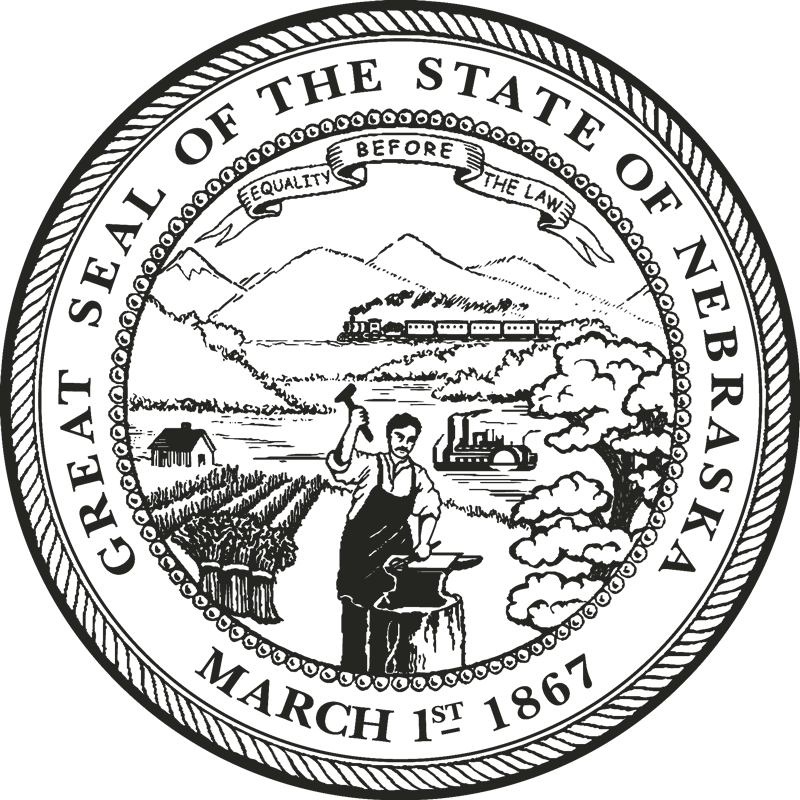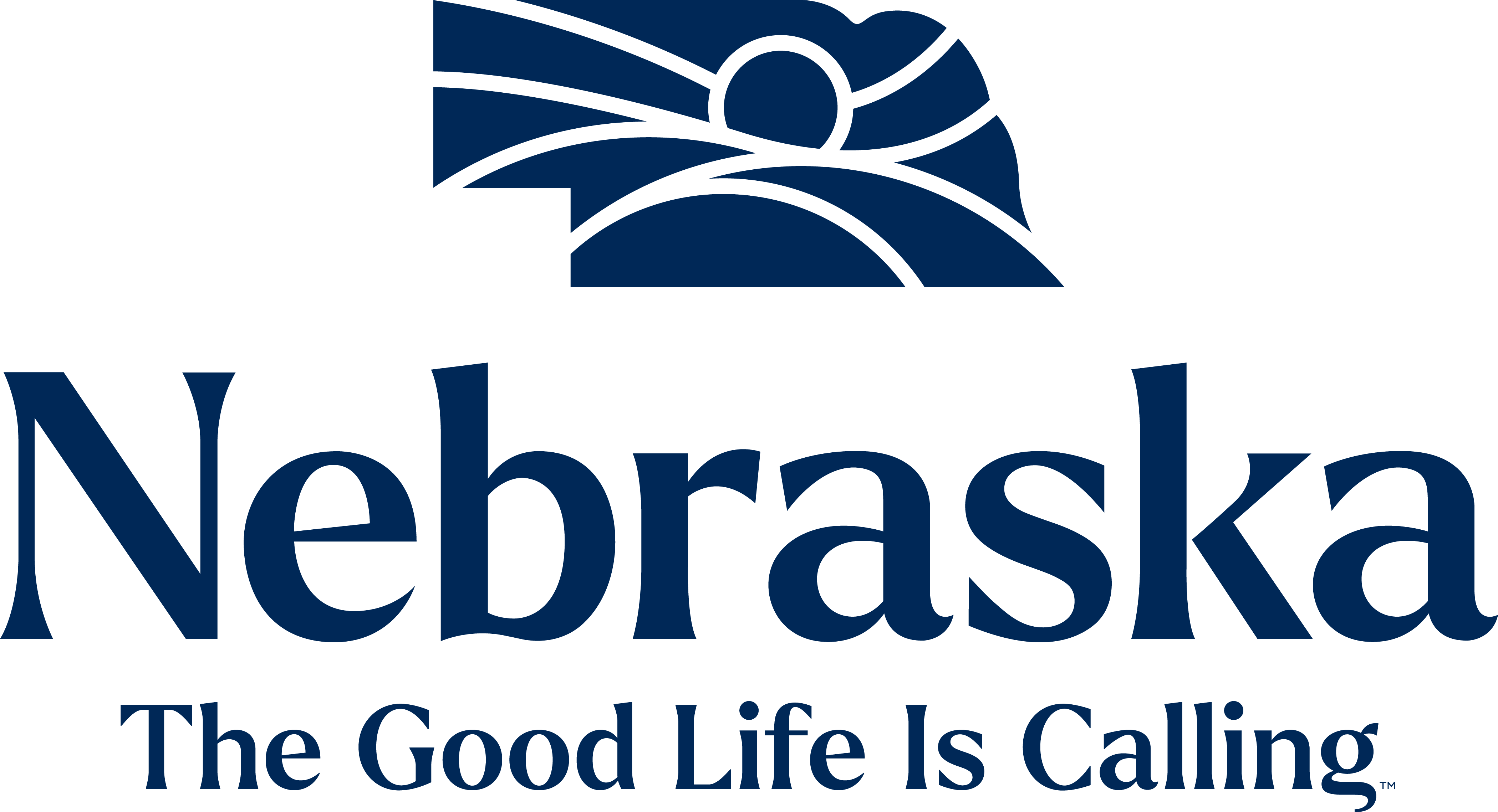Green Building Standards

What are Green Building Standards?
Green buildings are designed, constructed (or retrofitted), and operated with a goal of minimizing their environmental footprint. In both new construction and renovation, the building and its site are designed in an integrated manner using environmentally preferable practices and materials from start to finish. Many green features also carry direct consumer benefits, such as lower monthly utility bills, increased occupant comfort, reduced maintenance (labor and costs), greater resilience, and increased value. As a holistic practice, green building recognizes the effect of the built environment (e.g., homes, buildings, open space, sidewalks, roads, water and sewer, power lines, etc.) on the health and welfare of its communities.
Want to Learn More?
The State of Nebraska’s Disaster Recovery Action Plan further articulates requirements and programmatic structures that apply to all CDBG-DR programs. For more information on Green Building Standards, see DED’s Chapter 10: Green Building Standards Guide of the CDBG-DR Policy Manual and/or HUD resources:
Roles and Responsibilities
Department of Economic Development
DED developed the Green Building Standards Guide with the intent of providing a measure of additional clarity on each of HUD’s five approved Green Building Standards identified above with the expectation that Successful Applicants will take a “deeper dive” based on the standard most appropriate for their respective project. All new construction, replacement, and substantially rehabilitated housing assisted with CDBG-DR funding from DED must comply with one of the comprehensive standards described above.
Successful Applicants
Successful Applicants are responsible identifying the most appropriate standards for their respective project. This involves:
- Demonstrating knowledge of green building standards and practices; and
- Achieving certification.
New Construction, Reconstruction and Substantial Rehab Standards
Energy Star
ENERGY STAR is a US government-backed symbol for energy efficiency. To earn the ENERGY STAR rating, certified homes and apartments (i.e., multifamily rental) must be designed to be at least 15% more energy efficient than those built to standard building code requirements. Developers of participating projects must provide program-specific submittals that a licensed professional validates and demonstrate the program’s requirements (including prerequisites) have been met and that each energy conservation measure is installed to specification. Following certification, owners must commit to benchmarking the building’s performance metrics for a period of at least two years using Portfolio Manager®, a secure, online, interactive resource management tool used for benchmarking a building’s energy use.
The US Environmental Protection Agency (EPA) established ENERGY STAR in 1992, under the authority of Section 103(g) of the Clean Air Act Section. EPA administers and monitors the ENERGY STAR® program in partnership with thousands of private and public sector partners nationwide. Licensed professionals, including professional engineers, registered architects, and Certified Home Energy Raters (“HERS” or “RESNET” Raters), work closely with developers to ensure that all program requirements are met including design and verification submittals.
Useful links for additional information regarding ENERGY STAR certification:
Indoor AirPLUS
Indoor airPLUS is a voluntary partnership and labeling program designed to help homebuilders improve indoor air quality through the implementation of construction practices and specification of products that reduce exposure to airborne pollutants and contaminants. To receive the Indoor airPLUS label, a project must first earn an ENERGY STAR certification. Thereafter, additional home design and construction specifications are made to require the installation of moisture control systems, HVAC systems, combustion venting systems, radon-resistant construction, and low-emitting building materials (e.g., VOCs).
The EPA created the Indoor airPLUS label to build on the foundation established by ENERGY STAR requirements for new homes. Prior to designation as an Indoor airPLUS labeled home, an independent third party must inspect the home to ensure compliance with EPA standards. Both the project builder (i.e., contractor) and a third-party HERS/RESNET Rater must agree to, and execute, a partnership agreement and complete a series of ENERGY STAR trainings. After the project is built, the third-party rater inspects and verifies compliance with EPA specifications. An Accredited Provider then reports these results to the EPA quarterly.
Useful links for additional information regarding Indoor airPLUS qualification:
Enterprise Green Communities
EGC is a comprehensive, national green building program created with and for the affordable housing development community to address the impacts of climate change while focusing on resident health and well-being. To achieve EGC certification, developers of affordable housing must meet or exceed Green Communities Criteria standards in eight categories:
- Integrative design;
- Location and neighborhood fabric;
- Site improvement;
- Water;
- Operating energy;
- Materials;
- Healthy living environments; and
- Operations, maintenance, and resident engagement.
EGC certification involves a two-step online submission and review process. All projects must achieve compliance with mandatory measures applicable to a project’s construction type. The number of optional points earned (in addition to mandatory measures) determines the level of certification—EGC Standard (35 points) or EGC Plus (40+ points).
EGC was developed in 2004 by Enterprise Community Partners (Enterprise), a national non-profit focused on housing and community development initiatives including technical assistance, capital investment, and policy. Enterprise EGC staff administers the program and works in concert with project teams—developers, professional engineers, and registered architects—to ensure requirements are met while providing recommendations and resources for achieving certification during both “Prebuild” and “Postbuild” submission and review processes.
Useful links for additional information regarding Enterprise Green Communities certification:
ICC-700 National Green Building Standard
The NGBS was developed to provide a uniform national platform for recognizing and advancing green construction and development for residential (or primarily residential) buildings. The NGBS uses a point-based system designed to accommodate varying climates, market conditions, construction types, and owner preferences. All projects must meet NGBS’s mandatory provisions as well as incorporating a minimum number of features from each of six categories:
- Lot development;
- Resource efficiency;
- Energy efficiency;
- Water efficiency;
- Indoor environmental quality; and
- Homeowner education.
Depending on the amount of points a project chooses to pursue, homes or buildings can attain a rating of Bronze, Silver, Gold, or Emerald. Alternatively, any new single-family homes, townhome, or duplex can earn a rating of “Certified” by completing a mandatory checklist of green practices.
The NAHB and the ICC jointly developed the NGBS in 2007 and received approval from the ANSI in 2008. Over the past decade, NGBS has evolved to incorporate advances in building science and monitoring, model code improvements, and to accommodate more choices for compliance. NGBS certification is monitored and administered by HIRL, an independent, third-party product testing laboratory and market research facility for the housing industry. HIRL provides training and accreditation for individuals as NGBS Green Verifiers who inspect and verify compliance with a given NGBS version (e.g., NGBS 2020).
Useful links for additional information regarding NGBS certification:
- ICC-700 National Green Building Standard
- NAHB Overview of NGBS and Supplemental Resources
- HIRL Certification Resources
- HIRL “Find a Verifier” Tool
Leadership in Energy and Environmental Design
LEED is a series of green building project and performance management systems used worldwide to deliver a comprehensive framework for design, construction, operations, and performance. To receive LEED certification, project owners must meet or exceed a rigorous set of criteria based on project type and certification path selected (new construction multifamily, single-family, neighborhood development, etc.). All projects must comply with prerequisite measures applicable to a project’s construction type in addition to earning points for optional criteria across nine basic categories that address key aspects of green building:
- Integrative Process;
- Location and Transportation;
- Sustainable Sites;
- Water Efficiency;
- Energy and Atmosphere;
- Materials and Resources;
- Indoor Environmental Quality;
- Innovation; and
- Regional Priority.
The number of optional points earned determines the rating level: Certified (40-49 points), Silver (50-59 points), Gold (60-79 points), or Platinum (80+ points).
LEED certification for new construction was initially developed in 1993 as a joint venture of the NRDC and the USGBC. The certification process, rigor, and scope of LEED has since evolved—with consensus-based input from non-profits, government agencies, registered architects, professional engineers, developers, builders, and product manufacturers—into the comprehensive standard it is today, providing ratings for both residential and commercial buildings. LEED certification is now administered by the GBCI, a subsidiary of USGBC that monitors registration, submittals, review, and certification while providing independent verification of a building or neighborhood’s green features. In addition, GBCI offers professional accreditations to people who demonstrate knowledge of the LEED rating system(s) including the LEED AP, LEED GA, and LEED Fellow. While not compulsory, projects seeking LEED certification often include professionals with LEED accreditations as members of their project teams to help guide the process.
Useful links for additional information regarding LEED certification:
Standards for Other Rehab
Green Building Retrofit Checklist
For other residential projects involving rehabilitation that does not rise to the level of “substantial,” the use of HUD CPD’s Green Building Retrofit Checklist is required. This requirement is triggered by any level of CDBG-DR funding.
The goal of the GBRC is to promote and encourage the use of energy efficiency and green building practices by helping program participants seamlessly incorporate these practices into their residential rehabilitation programs. It identifies certain items that must always be included in the scope of work (e.g., retrofitting of plumbing fixtures) and minimum specifications for such items. It also provides minimum specifications for other elements of the scope of work that may not be included in every project (e.g., replacement of domestic hot water heaters) that must be used when applicable.
Frequently Asked Questions
Q: Do Green Building Standards apply to projects not involving rehabilitation?
A: For projects involving rehabilitation that do not meet the definition of substantial, a different standard applies. Those projects must, at minimum, adhere to HUD CPD’s Green Building Retrofit Checklist (GBRC) in its entirety and apply all measures within the checklist to the extent applicable to the project’s building type (i.e., single-family, multifamily, low-rise, mid-rise, etc.).
Contact Information
Questions and comments regarding CDBG-DR programs should be directed to the State of Nebraska’s Department of Economic Development (DED) via email at ded.cdbgdr@nebraska.gov or by calling (800)-426-6505.

